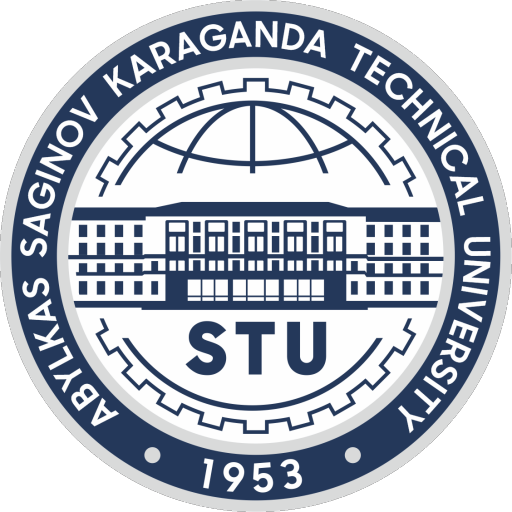Head of the Bologna Process Office
The main functions and objectives of BPDO
Center for Quality Management and Accreditation
International cooperation Department
The Bologna process was revolutionary in the field of European higher educationIts beginning can be attributed to the mid-1970s, when the Council of Ministers of the European Union adopted a resolution on the first program for cooperation in the field of education. Then four of the Ministers of Education, participated in the celebration of the 800th anniversary of the Paris Sorbonne University in 1998, agreed views that segmentation of the European Higher Education in Europe hinders the development of science and education. They signed the Sorbonne Joint Declaration in 1998. Decision to participate in the voluntary process of creating a European Higher Education Area (EHEA) has been taken after one year in Bologna by the representatives of 29 countries (Bologna Declaration, 1999). Currently, it is clear that this was a unique agreement, as today the process involves 47 participating countries of the 49 countries that have ratified the European Cultural Convention of the Council of Europe (1954). The official date of beginning of the process is considered to be June 19, 1999, when Bologna agreement was signed. The Bologna process is open to accession by other countries.
The Bologna process at the state level was established in 1999. Since then about 600 higher schools of the world joined Magna Charta Universitatum. Its main aim is to consolidate the efforts of scientific and educational public and European Governments for significant increasing the European system of science and higher education competitiveness in the world scale. In the frames of this area there must be valid unified conditions of educational diplomas recognition, citizens employment and mobility which is to increase significantly the European market of labor and educational services competitiveness.

